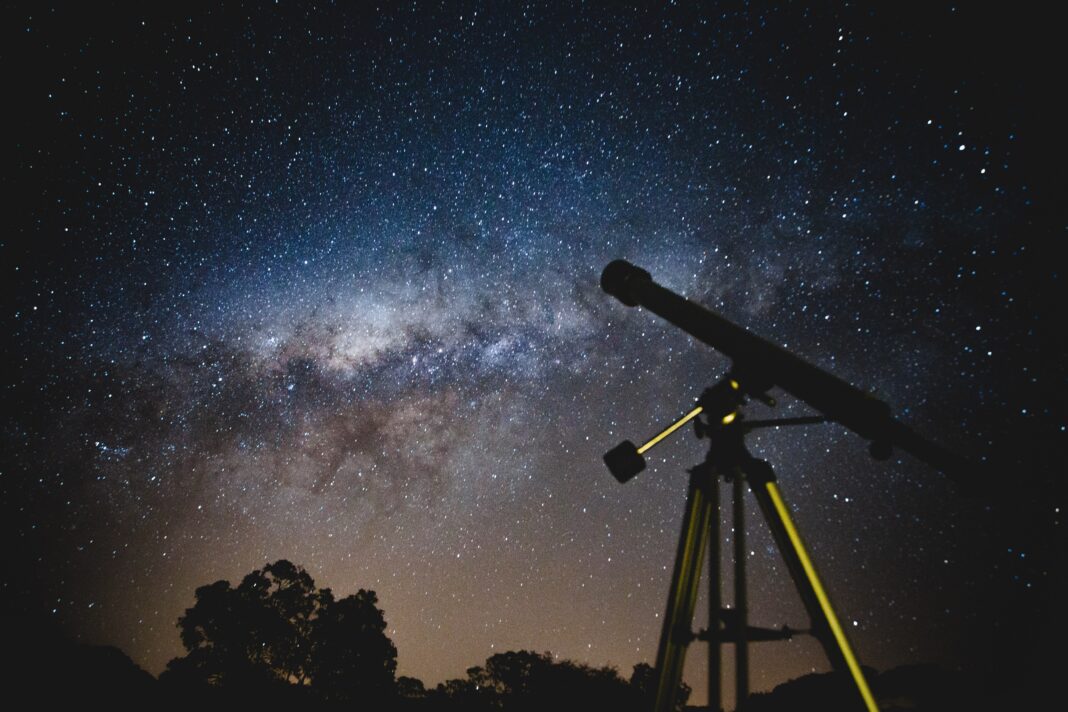High in the south for many months, the Orion constellation looks much more like a butterfly than it does a hunter. Depending on who is doing the sky-watching, some think the stars in the pattern looks like a hair bow or a butterfly instead of a giant man. Of course, we never tell Orion that because like Mohammed Ali/Cassius Clay, he’d “fight like a butterfly and sting like a bee” if we told him that.
You can enjoy watching Orion stride slowly across the southern sky until past midnight and the stealthy rising of Leo the Lion. I wonder which is hunter and which is hunted? Leo looks like a backwards question mark with a brilliant blue-white star at the base of the curve. As the world rotates on its axis and more stars emerge from beneath the eastern horizon, a right triangle of white stars of about the same apparent brightness emerges to mark the haunches and tip of his majesty’s tail brush.
In the eastern quadrant of the north part of the sky the asterism of the Big Dipper is almost directly overhead, emptying its contents into the Little Dipper below. The lone star that seems to gently gleam below the Big Dipper is Polaris, the only star that is easy to see from light-polluted city skies, although as that pollution increases and dust in the air thickens, it is more difficult to discern.
On the left side of Polaris, the W of Queen Cassiopeia is slowly dropping into the sea, her punishment for ridiculing the mermaid daughters of mythical Neptune. Because the mermaids were ridiculed by Cassiopeia, her punishment involved being chained to a chair and forced to permanently slowly rotate around Polaris.
The W is followed by a group of stars setting in the west that resemble the Spurs’ logo and denote Perseus. Perseus was the mythological fellow who “slew Medusa” by lopping off her serpent-haired head. He then used that to slay Cetus the Sea Monster that was planning on having Cassiopeia’s daughter Andromeda for a snack. Those Greco-Roman myths were just as convoluted as current movies. Ancient cultures rose and fell but their stories remained fresh as today. Perseus has a variable star in its pattern. Algol, also called the ‘demon star’, has a regular pattern of brightening to a magnitude of 2.1 and 3.4 every 2.7 days.
Discovering these variable stars and uncovering their mysterious properties was one of the great works of the Harvard computers. These computers were women who worked in the observatory studying thousands of glass plate images of stars that were taken in the 1800s. There were many amazing women doing the tedious work for hours on end, for a pittance in pay or sometimes even without pay to further the knowledge of the universe.
Take a walk this evening and feed your imagination and your thirst to know more about the universe we take for granted. It may lead you to some amazing personal discoveries of your own.




